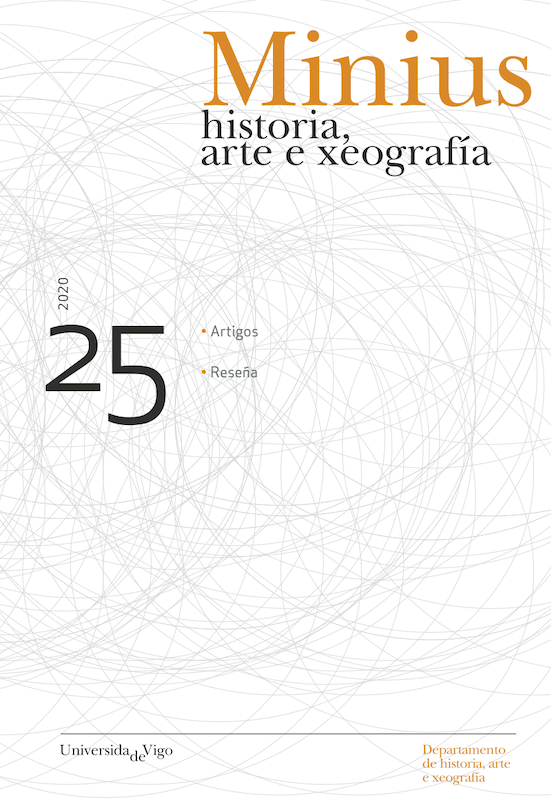The crisis of railway transportation of goods in Galicia: a potentiality not used in the intermodal transport chain. 1970-2010
DOI:
https://doi.org/10.35869/mns.v0i25.3311Keywords:
Connectivity, accessibility, intermodality, operability, intermodal transport chain, Trans-European Transport Network (R.T.E.-T), public capital stockAbstract
The transport and communications system in Galicia presents marked symptoms of a low level of integration of the multimodal transport chain. The articulation of the transport system is operativing in very lateralized participation standards in favor of the road. For its part, competition in the rail transport market shows values of marked marginality in its market share. The evolution of rail freight transport in Galicia clarifies two factors. One the one hand, the demand for the movement of goods by train has always been regressive in its main market segments. On the other hand, the values of the highway have always been expansive. Sencondly, the high potential of the railway is highly under-exploited. The provision of transport infraestructure does not offer an optimal port-rail connection to promote the flow of goods with an O-D travel matrix in Galicia.
The poor modal articulation of the two transport systems translates into:
a) A drop in the records of the volume of the tonnage moved by train.
b) The loss of market niches in favor of the road.
c) The loss of territorial relations in the O-D travel matrix.
d) The low operational specialization of the Galician train when competing in the transport market.



